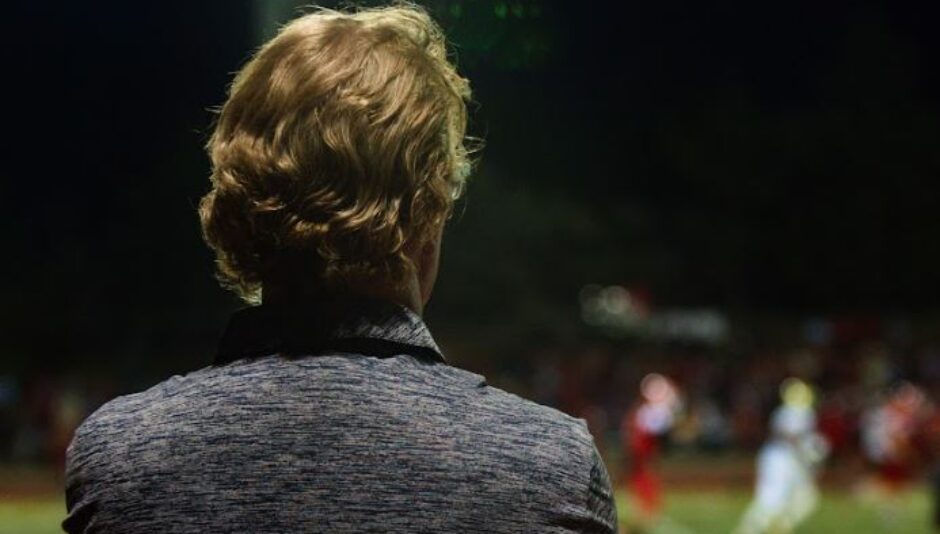Time Capsule reposts blogs from years past.
In the eighth year of Teach & Serve, there are more than a few from which to choose!

One Thing at a Time, Not Everything All at Once
Originally published in August 2016
No matter what subject we teach, we think it parts, not wholes. Take US History for example: when history teachers begin the year, they know where they have to end up. They know they have to get to the election of President Obama (in truth, many US History teachers will be happy if they hit the chapters on the Reagan presidency by the end of the year, but that’s neither here nor there). They know where they are going and they begin to plan how to get there. They plan units, they plan chunks, they plan blocks, they plan lessons.

We hope our students do things the same way. We preach at them to do so. Start the lab. Put on your goggles, then look for the chemicals. Learn the vocabulary in Mandarin before you attempt speaking the language. Understand the equation and then apply it. Begin the research paper with, you know, the research, then start to write. Look at homework assignment-by-assignment, not at the totality of what needs to be done on any given night.
Assess the big picture. Paint the small strokes and make it coalesce.
Why don’t we apply this same thinking to the challenges facing our schools?
All too often, especially at the beginnings or ends of school years, we look at what we perceive as being wrong with our schools and become paralyzed. We see problem linked to problem, issue feeding issue, hazard upon hazard and our reactions do not always help. Our reactions break down into two categories, neither of which is particularly constructive.
We either throw up our hands, stymied by the enormity of the trouble, by its complexities, fearful that pulling any thread on the quilt will rend the thing asunder or we leap to solutions that will tackle the entirety of the trouble, consequences, ramifications and collateral impact be damned.
The systems that exists in our schools are comprised of human beings each full of talents and commitments and agendas and weaknesses and strengths. Rarely do any of us set out to create complexity and tie Gordian Knots around our institutions. But it happens. It seems to always happen.
Some leaders believe the way to overcome these challenges is with the precision of hand grenades. Blow the problem up and start anew. Some leaders believe the way to overcome these challenges is to trust people to do good work and let the problem work itself out.
I understand both reactions. I’ve had them. I’ve lived them. I’ve turned away from the beast. I’ve challenged it head on. Not the best plans.
We can solve the issues we face if we do one thing at a time, address one problem at a time and, wherever possible, keep the pieces separate and the issues distinct. We actually can, with discipline and planning, take on each part and create a chain reaction that will solve the whole.
Don’t ignore.
Don’t demolish.
Work the problem. Work it piece-by-piece.
We don’t expect our teachers to teach everything at once. We don’t expect our students to learn everything at once. We cannot solve each issue our schools face all at once.
But if we don’t start with the first step, we’ll never solve anything.
And if we try to jump to the last step, we’ll likely solve even less.
